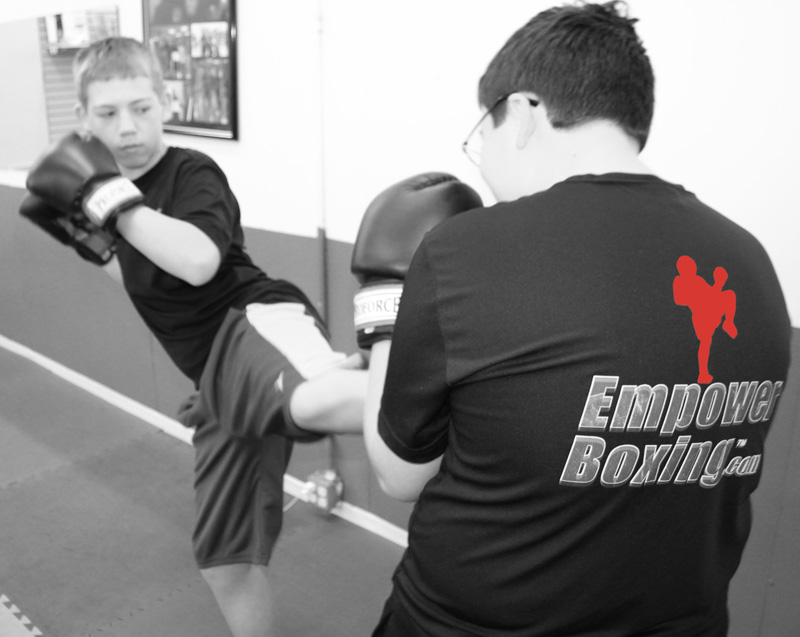Teaching Escapes from Grabs and Holds
Introduction
Escapes from grabs and holds are critical components of self-defense training that involve direct physical contact between students. Effective training requires a methodical approach to ensure that techniques are performed safely and effectively. This guide outlines a structured plan to teach these escapes, incorporating planned-progression and safety protocols.
Key Principles
1. Planned-Progression Concept
- Initial Training: Begin with slow, controlled movements to help students learn the proper technique and target areas. Techniques should include strikes, pressure, or pinching aimed at vulnerable areas that can induce immediate pain or discomfort.
- Gradual Advancement: As students become more familiar with the techniques and targets, gradually increase the speed and intensity of the movements. Ensure that all training is performed with a focus on safety and control.
2. Target Areas for Loosening a Hold
- Vulnerable Areas: Effective escapes involve targeting areas that are easily accessible and sensitive. Common targets include:
- Chokes: Aim for the attacker’s eyes or throat.
- Bear Hugs: Use techniques like pinching or striking vulnerable areas.
- Headlocks: Apply pressure to sensitive points or leverage pressure points.
- Arm Bars: Use targeted strikes or pressure techniques.
Safety Measures
1. Signal Methods for Safety
-
Importance of Communication: Establish clear signal methods to indicate when a student is experiencing extreme pain or pressure. This ensures immediate relief and minimizes the risk of injury.
-
Signal Options: Choose and define universal signal methods that all students understand:
- Voice Command: Use a specific word or phrase.
- Hand Tap: The attacker or victim taps a designated area to indicate distress.
- Foot Tap: Tapping the ground as a signal.
-
Multiple Signals: Provide alternative signal methods in case one is obstructed by the nature of the hold or attack. For instance, if an attacker uses both hands, a foot tap might be necessary.
2. Practice and Control
- Controlled Execution: Perform all techniques at a controlled pace initially to allow students to become accustomed to the movements and target areas.
- Gradual Increase: Increase the intensity and speed as students demonstrate proficiency and control. Ensure that all practice is conducted with respect for each other's safety and comfort.
Examples of Techniques
1. Attack Techniques
- Chokes: Techniques like applying pressure to the throat or blocking airflow.
- Bear Hugs: Techniques involving holding both the upper and lower body tightly.
- Headlocks: Techniques that trap the head and neck of the opponent.
- Arm Bars: Techniques that apply leverage to the arm.
2. Counter Techniques
- Thumbs to the Eyes: Using thumbs to create pain and discomfort in a choke.
- Pinching the Inside of the Thigh: Applying pressure to escape a bear hug.
- Grabbing the Adam’s Apple: Targeting the throat in a headlock situation.
Conclusion
A systematic approach to teaching escapes from grabs and holds ensures that students develop effective self-defense skills while minimizing the risk of injury. By using planned progression and implementing clear safety protocols, instructors can create a productive and secure learning environment for all students.

